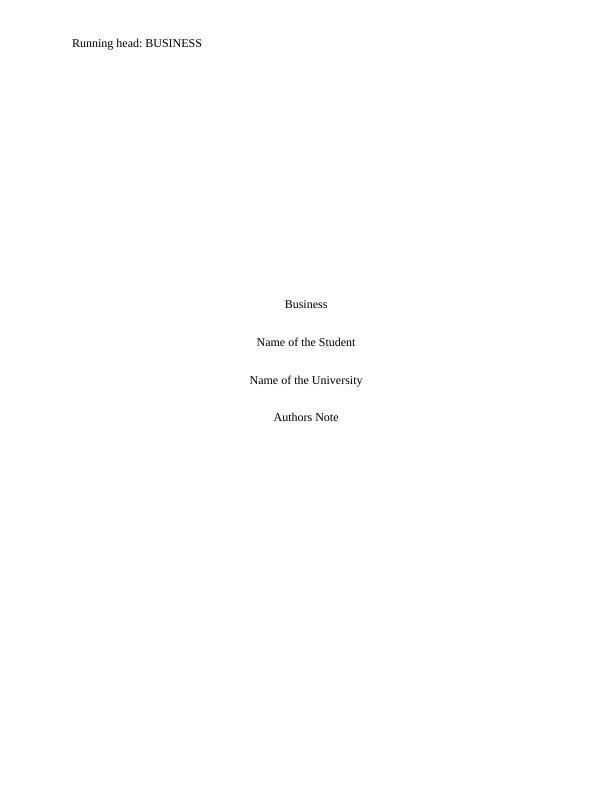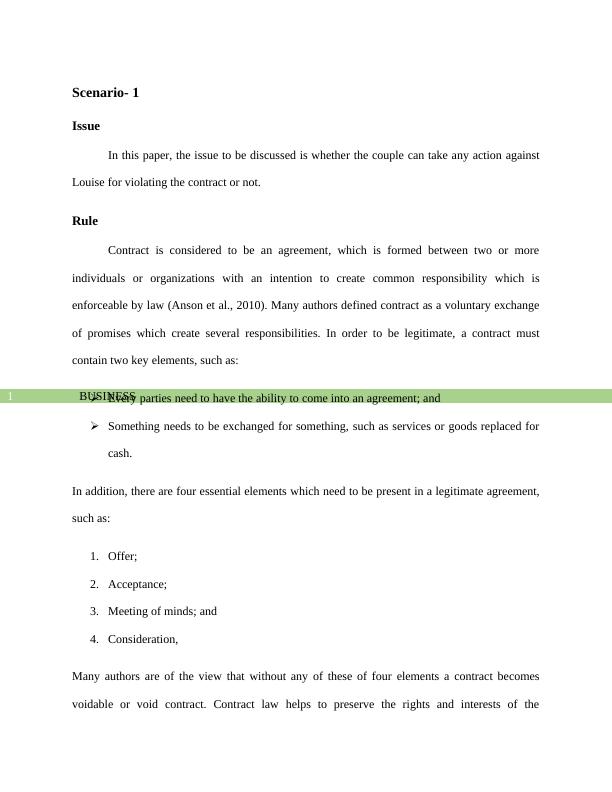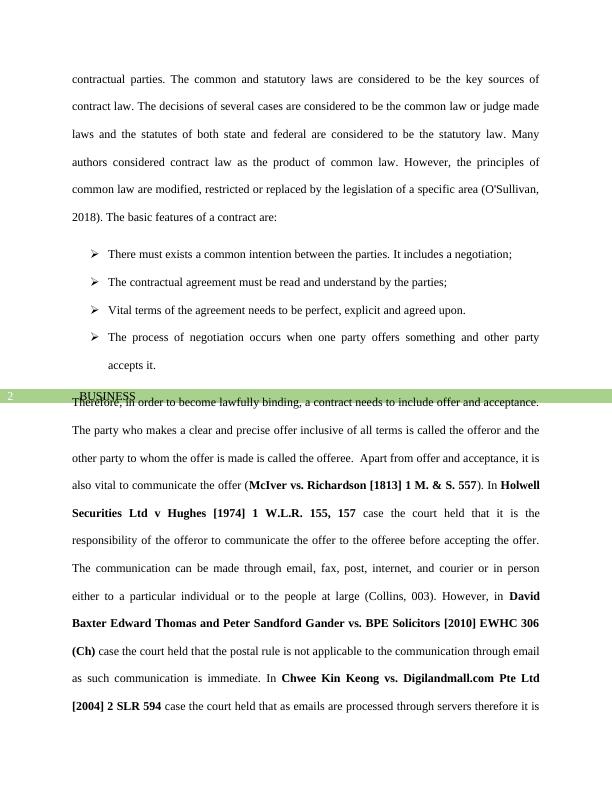Anson's Law of Contract | Business
8 Pages1638 Words11 Views
Added on 2022-08-16
Anson's Law of Contract | Business
Added on 2022-08-16
ShareRelated Documents
End of preview
Want to access all the pages? Upload your documents or become a member.
Contracts and Agreements Small Business
|10
|3209
|38
Contract Law in United Kingdom Assignment
|13
|3588
|34
Rule The contract law of Australia deals
|16
|4282
|10
Contract Law: Offer and Acceptance in Mr. Wilson's Case
|9
|4070
|100
BLO1105 Business Law- Commercial Contracts
|13
|3047
|155
Contract Law Issue - Assignment
|6
|963
|73



